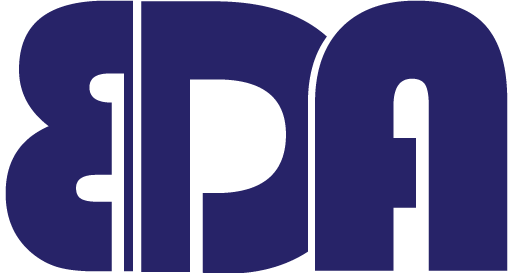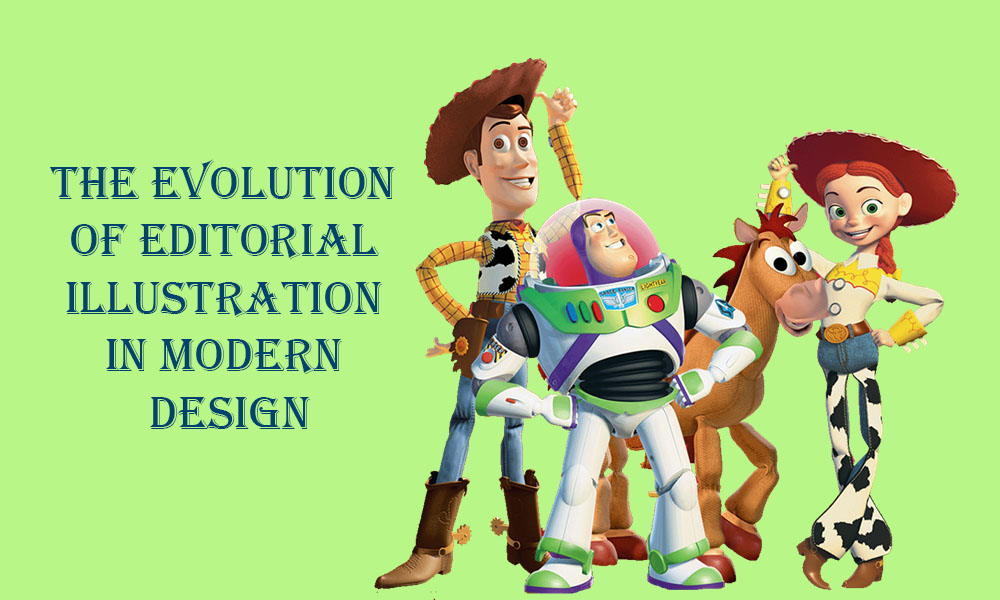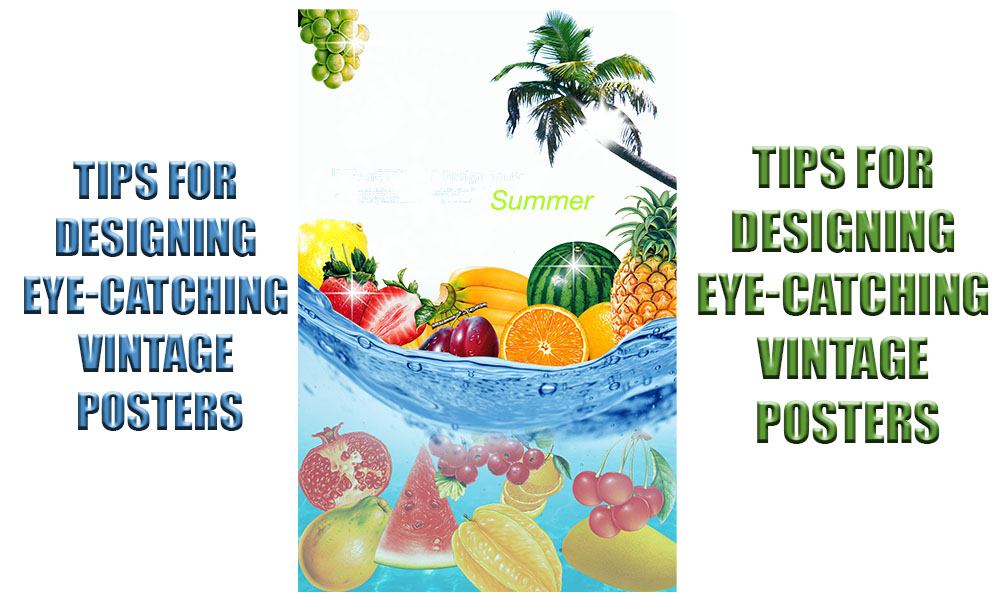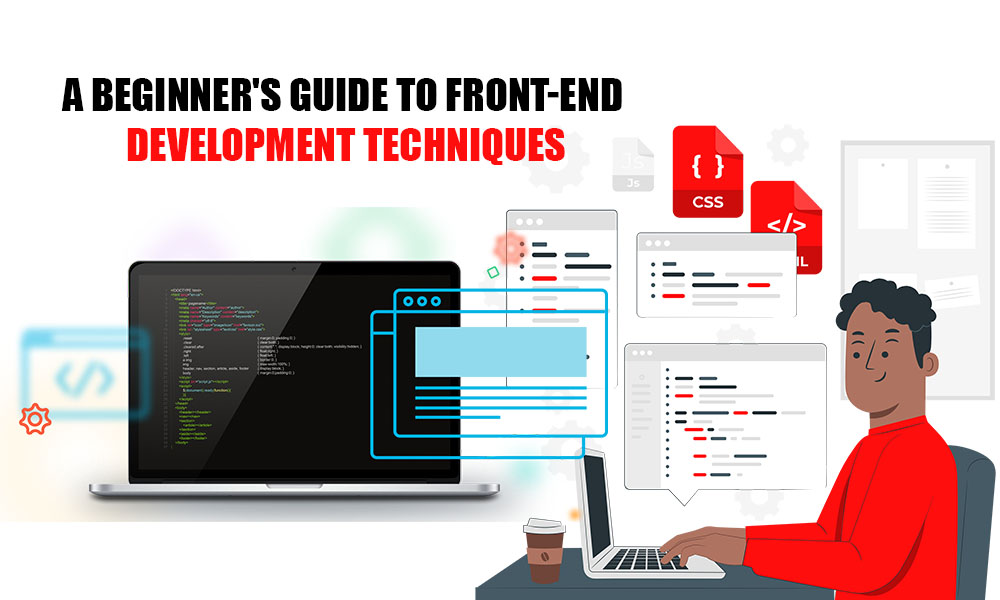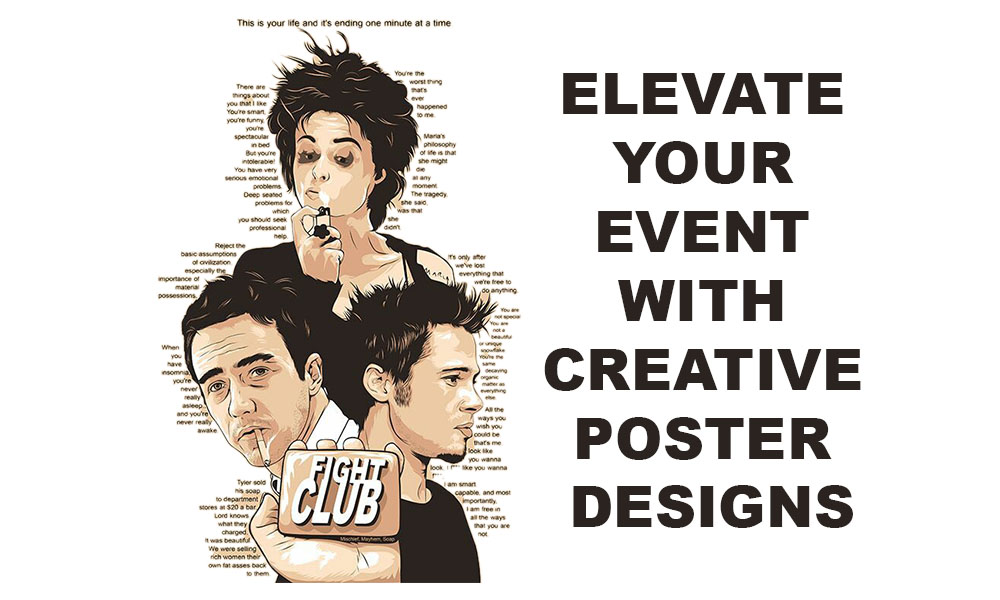Introduction to Editorial Illustration
What Is Editorial Illustration?
Editorial illustration refers to imagery created to accompany and enhance written content in magazines, newspapers, blogs, and other editorial outlets. Unlike commercial art, which aims to sell a product, editorial art seeks to interpret and communicate ideas, often making abstract or complex topics more accessible and engaging.
The Purpose Behind the Art
The goal of editorial illustration is to illuminate a concept or story visually. It may clarify a subject, add humor or irony, or provoke deeper thought. At its best, it serves as a companion to the text—enhancing, not overshadowing, the written word.
Historical Origins and Early Influences
19th and Early 20th Century Editorial Art
Editorial illustration began to gain traction in the 1800s with the rise of printed publications. Artists like Honoré Daumier and Thomas Nast used caricature and satire to comment on politics and society. Their works weren’t just artistic—they were powerful tools of persuasion.
The Role of Print Media
As literacy rates soared and mass printing became more affordable, illustrated publications flourished. Magazines and newspapers became the dominant medium for communication, and illustrations helped attract attention, convey tone, and build brand identity.
The Golden Age of Editorial Illustration
Magazines and Newspapers in the 1950s–1970s
The mid-20th century was a golden era for editorial illustration. Renowned magazines like The New Yorker, Time, and Esquire employed illustrators to define their visual identity. This period saw bold experimentation with form, color, and layout.
Key Artists Who Defined the Era
Illustrators like Milton Glaser, Saul Steinberg, and Brad Holland transformed the field. Their work combined fine art sensibilities with editorial messaging, proving that illustration could be as sophisticated and expressive as any other medium.
The Decline During the Digital Shift
Rise of Photography and Stock Imagery
As photography became more accessible and affordable, many publications started favoring photographs over illustrations. This marked a significant shift, especially in journalism, where realism was prioritized over abstraction or interpretation.
How Illustrators Adapted
While many artists struggled, others adapted by embracing new roles in advertising or shifting to book illustration and animation. Some transitioned into digital tools, paving the way for illustration’s eventual comeback in the digital age.
The Digital Renaissance and Revival
New Tools, New Aesthetics
The rise of the internet and digital design software like Adobe Illustrator, Photoshop, and Procreate reinvigorated the industry. Illustrators were no longer confined by printing limitations—they could experiment with styles, textures, and interactivity.
The Role of Social Media and Online Publications
Instagram, Behance, and online magazines gave illustrators direct access to audiences and clients. Suddenly, editorial illustration was everywhere—from online think pieces to interactive features in digital news outlets like The New York Times and Vox.
Contemporary Styles and Themes
Diversity in Aesthetic Approaches
Modern editorial illustration is a melting pot of styles—minimalist line work, vibrant vector graphics, hand-drawn sketches, collage art, and more. Artists pull from cultural, historical, and personal influences to create deeply unique visuals.
Tackling Political and Social Issues
Today’s illustrators are tackling big themes—climate change, racial injustice, mental health, and more. The visual metaphor remains a key tool in editorial work, allowing illustrators to convey complex, nuanced topics with emotional weight.
Editorial Illustration in Branding and Marketing
Blurring the Line Between Editorial and Commercial Art
Brands have started to recognize the storytelling power of editorial-style illustration. Think Google Doodles or the custom artwork on Spotify’s editorial playlists. The boundary between editorial and advertising art has become more fluid.
Case Studies from Modern Brands
Companies like Airbnb, Dropbox, and Mailchimp have all embraced editorial illustration to give their brand voice personality and depth. These illustrations help humanize tech and make services feel more relatable.
Challenges and Opportunities for Illustrators Today
Navigating an Oversaturated Visual Market
The demand for illustration is high—but so is competition. Standing out requires not just talent but savvy marketing, a strong online presence, and continuous skill development.
Freelancing vs. In-House Roles
While many illustrators work as freelancers, some are being hired full-time by publications, agencies, and brands. Each path comes with its own set of challenges—freelancers juggle clients and invoices, while in-house artists may face creative constraints.
Future Trends and Innovations
AI Tools and Interactive Media
Emerging technologies like generative AI and augmented reality are opening new frontiers for illustration. Artists are exploring animated editorial art, interactive graphics, and AI-assisted design to push the medium forward.
Cross-Media Collaborations
Editorial illustrators are increasingly collaborating with writers, coders, and motion designers to create multimedia stories that engage readers across platforms—desktop, mobile, and even VR.
Conclusion
Editorial illustration has come a long way—from ink sketches in print newspapers to dynamic visuals in digital magazines. It has survived shifts in media, adapted to technology, and remained a crucial form of expression. As we look to the future, one thing is clear: editorial illustration isn’t just surviving—it’s thriving in new and exciting ways.
